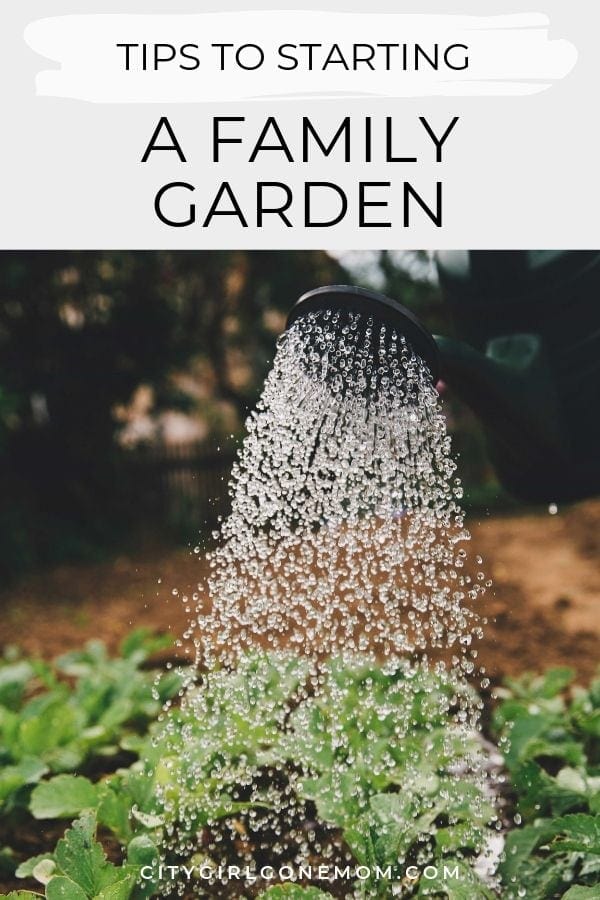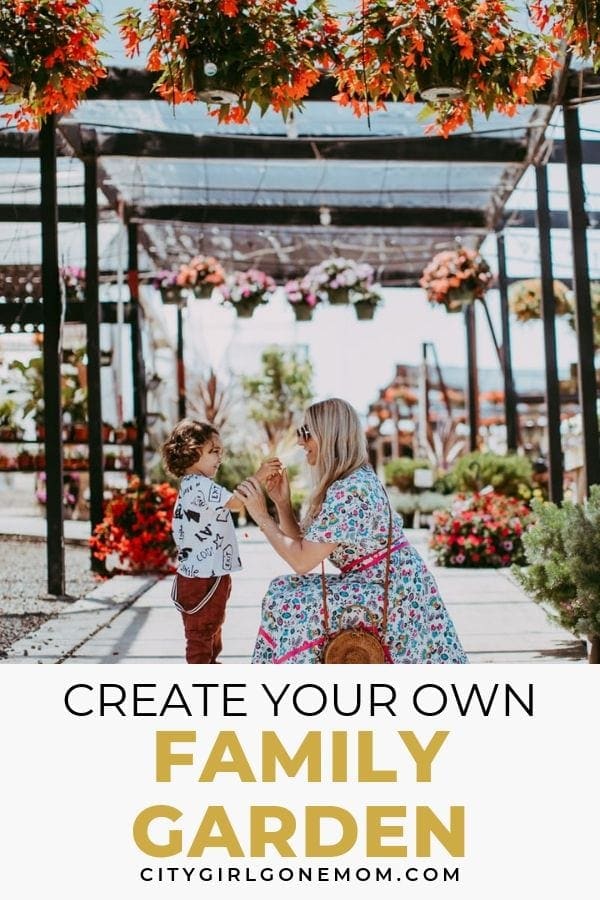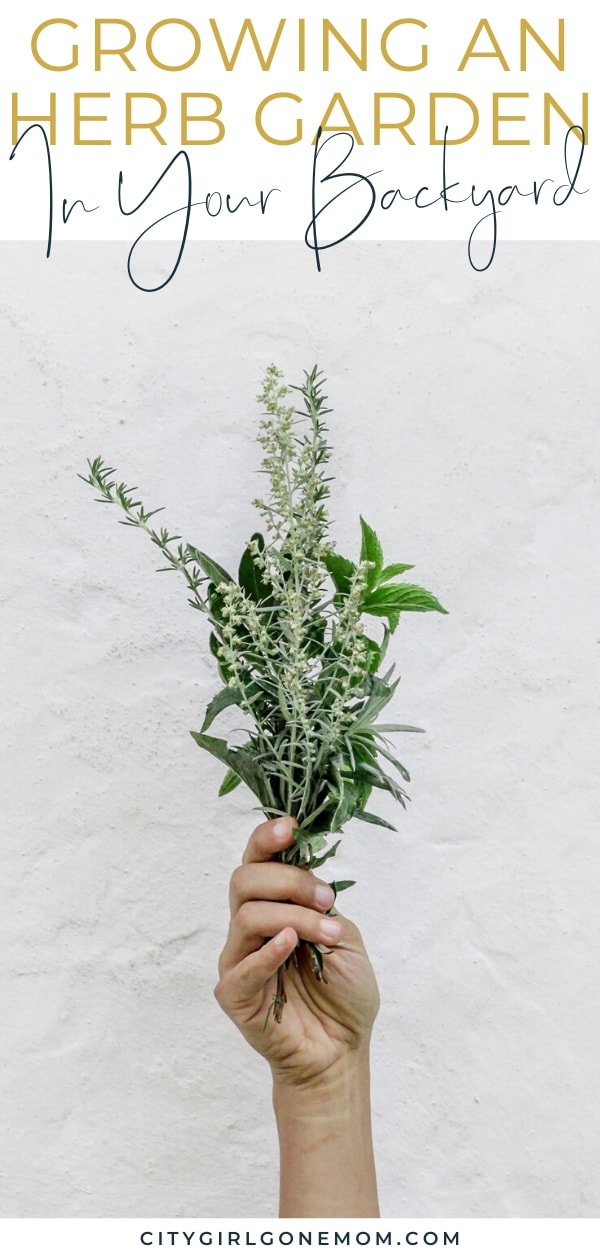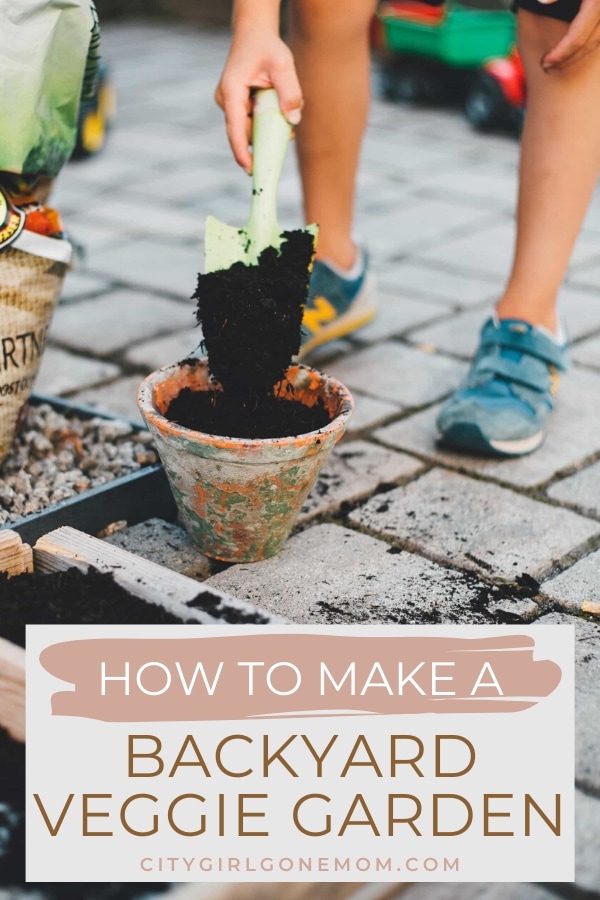Skip the Store and Start Your Own Family Garden
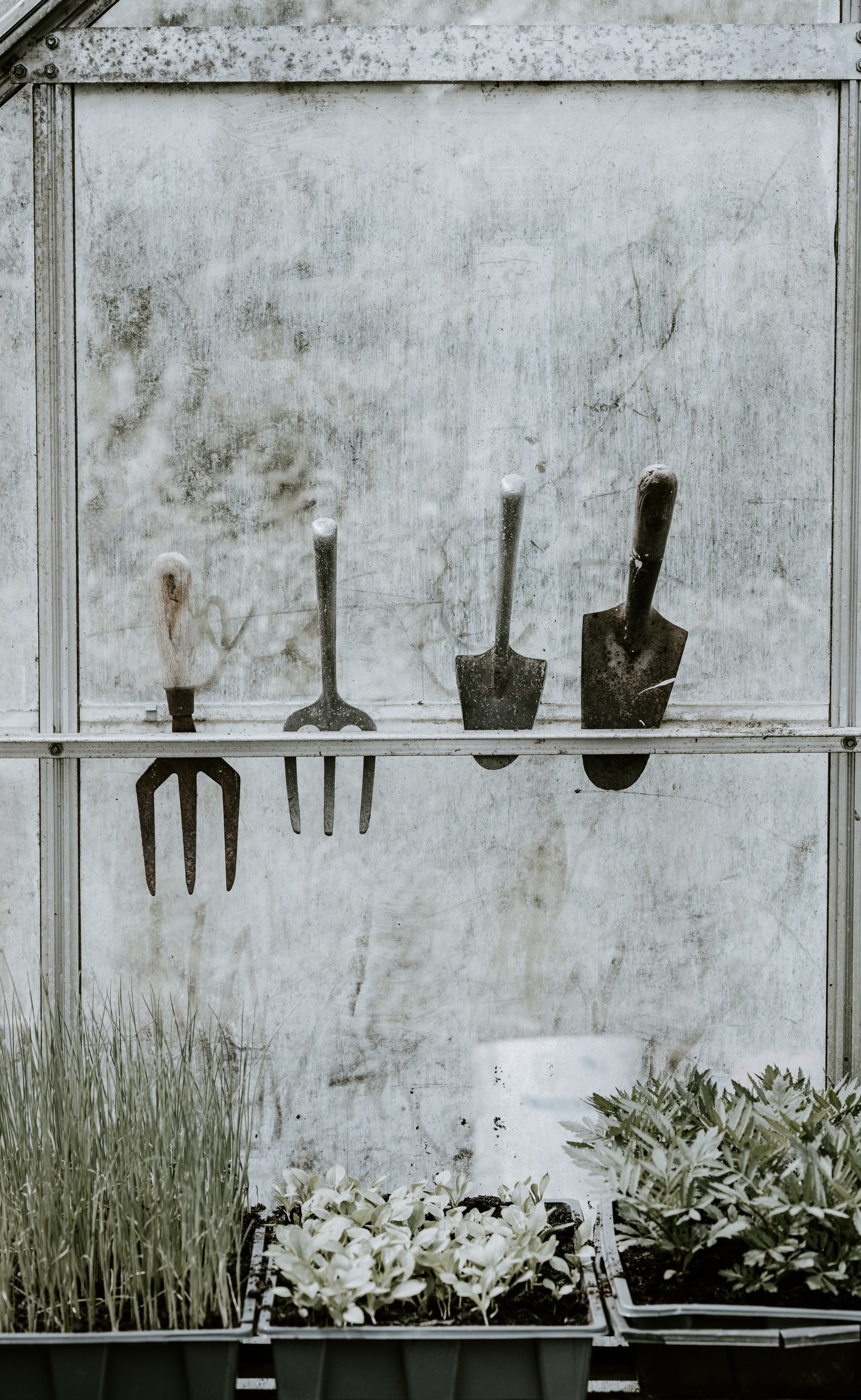
Skip the Store and Start Your Own Family Garden
If you’re avoiding the grocery store and ordering all your necessities online, don’t worry, we’re right there with you. California has issued a statewide “stay at home” order in an attempt to prevent the further spread of COVID-19. This means all non-essential activity has come to a complete stop. In fact, the less you go outside, even for essentials, the better.
To cut down on grocery runs, expensive, last-minute online orders and disappointing ingredient substitutions, we thought there’s no better time to get our hands dirty and cultivate our own garden. Tomatoes, lettuce, even potatoes are all at your fingertips.
And you don’t need a green thumb to create an awesome, thriving garden your whole family can enjoy. Beginners, we’ve got you covered with these easy tips to start your own garden! Next stop: Schaffer Family Farm!
There are more microorganisms in one teaspoon of soil than there are people on earth.
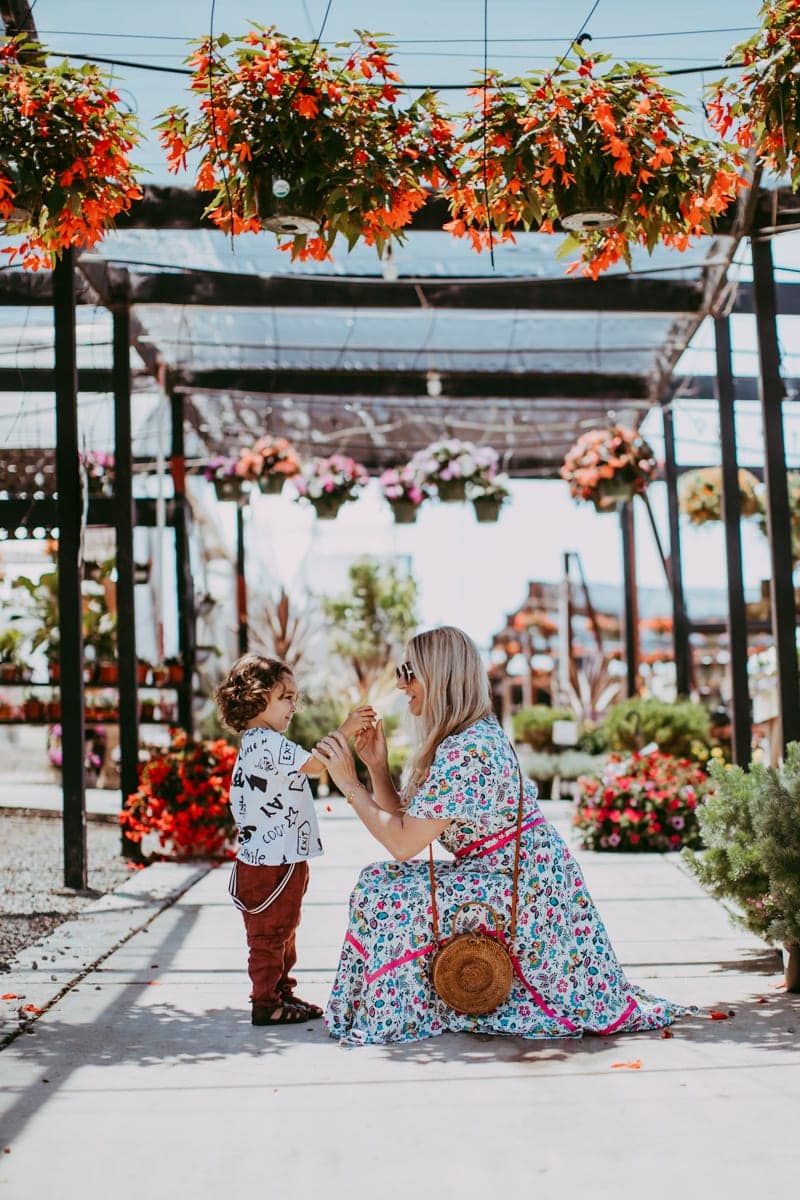
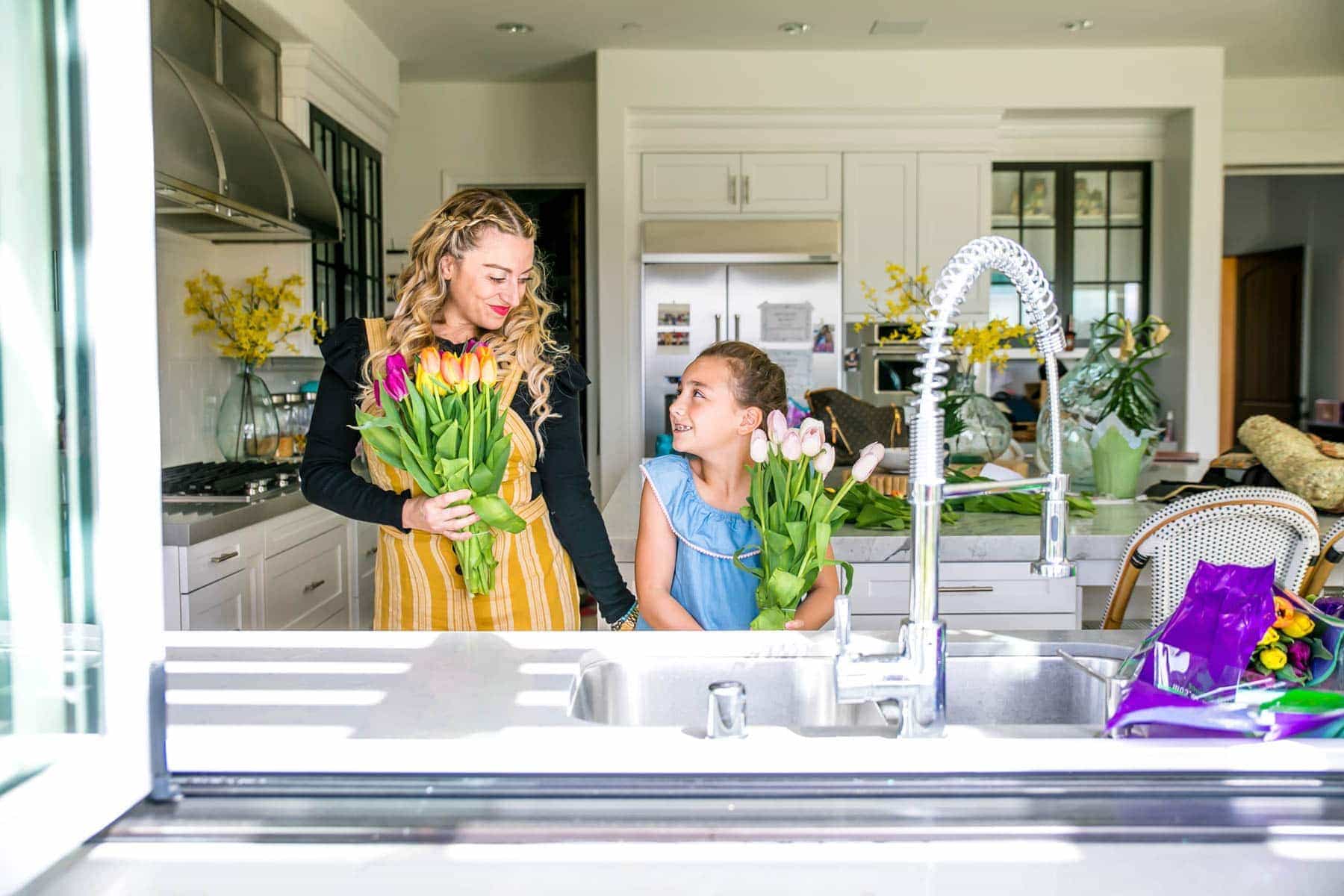

Veggie or Floral?
Now the farm of your dreams isn’t going to sprout up overnight. First, decide what kind of garden you’d like to plant! You can create an aromatic floral beauty with bright flowers and native plants, or go for a veggie garden that gives back with all of your favorite greens! If it’s your first garden, or you are low on space, try a few herbs in your window sill.
Currently, a veggie garden would be the most beneficial, producing sustainable and healthy food your family can eat at home. But you can choose the best of both worlds and plant one side with flowers and the other with vegetables. Couldn’t we all use a little beauty and color in our lives right now?
Singing to plants to help them grow is a well-known adage, but studies have shown vibrations (like music) can positively affect plant growth.



Go for Raised Beds
Don’t forget to build raised box beds for your garden. It can be any size, so long as it doesn’t surpass four feet in width—that way you’ll always have easy access to the center of the box.
Fill it with an enriched soil that’s 50 percent compost and 50 percent your native soil. With raised beds, you avoid unnecessary weeds (are there really any that are necessary, though?) and yield better results by creating a physical barrier between your garden goods and the rest of your yard.
Not very handy with a hammer and a nail? You can purchase a pre-built raised garden bed. (But where’s the fun in that?)
Apples, pears, peaches, cherries, raspberries, strawberries, and more are “rosaceae,” making them cousins to the long-stemmed rose.

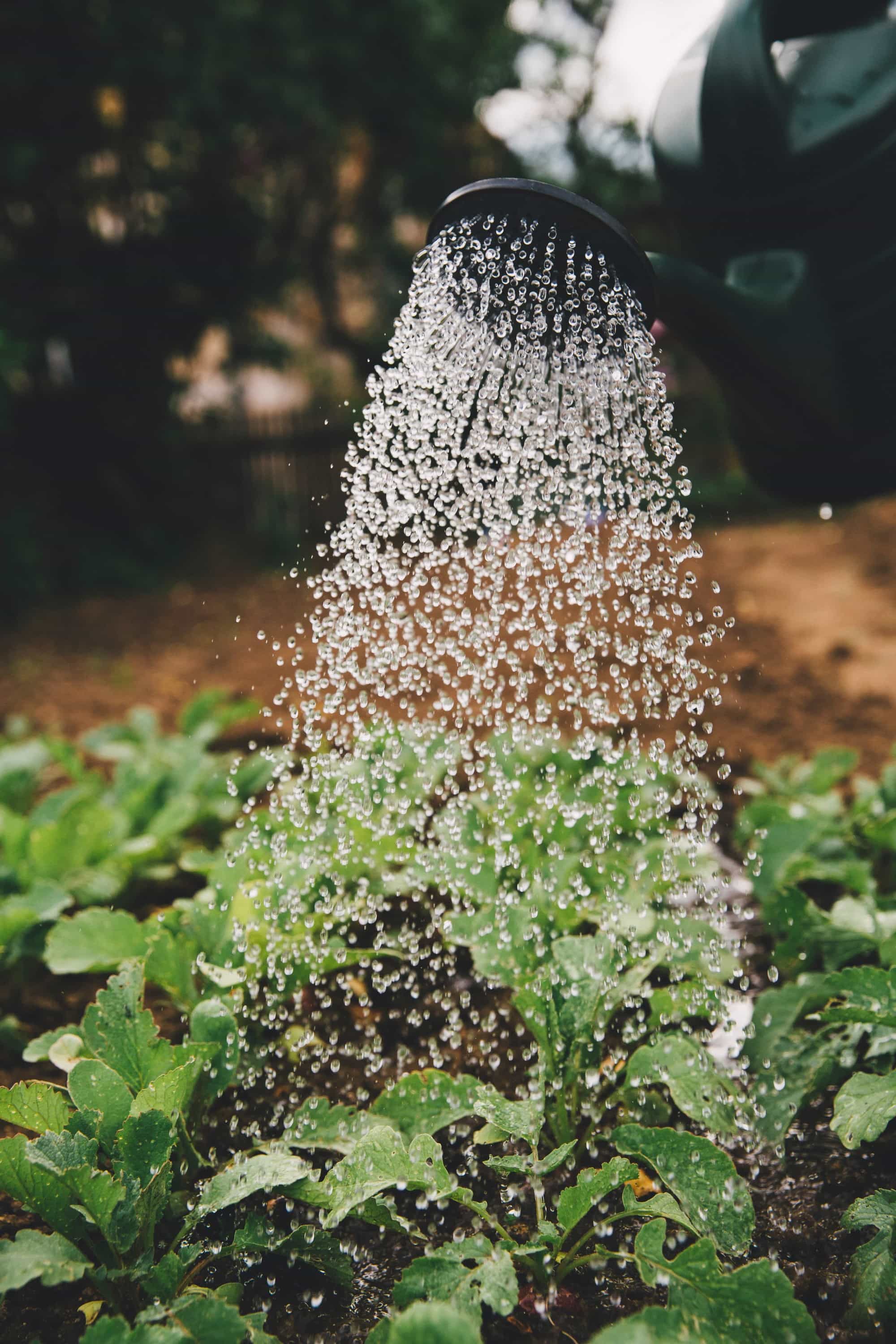
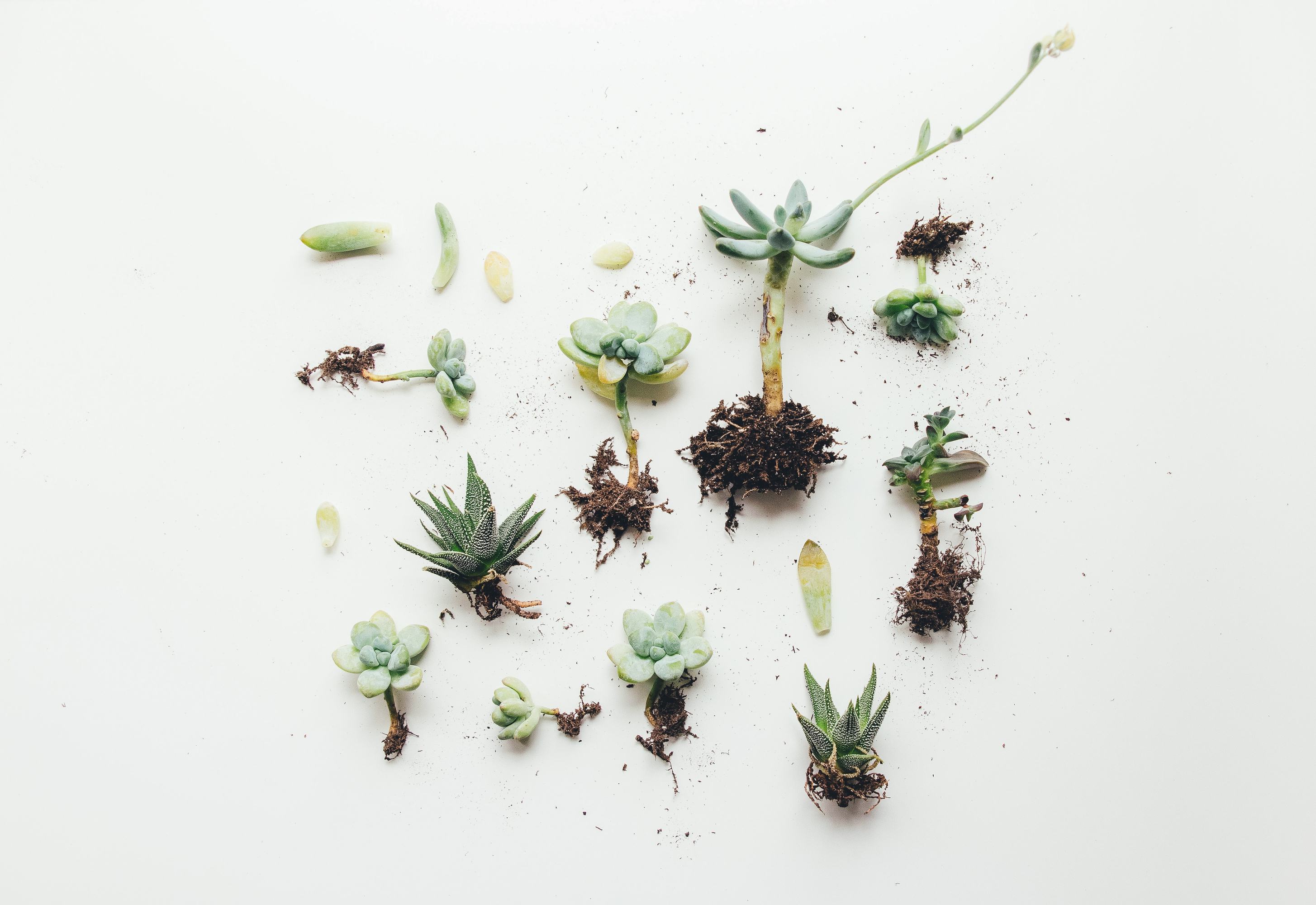
Take Advantage of Your Location
Location, location, location! We’re so blessed in California to yield bountiful produce nearly year-round, but in case you aren’t located in the Golden State, look to your region to see what works best during the season! This is especially true if you’re looking to add a floral or plant-based garden, as selecting native plants will almost always guarantee success! See below for some of our no-fail favorites:
Native Plants: Monkey flowers, Bert’s bluff, blue-eyed grass, California lilacs, most succulents
Easy Herbs: Basil, rosemary, chives, mint, coriander, parsley, thyme
Warm Season Fruits/Veggies: snap peas, cucumbers, lettuce, tomatoes, strawberries, swiss chard, summer squash, radishes, carrots, broccoli
A regular sprinkling of baking soda can help you grow sweeter tomatoes by reducing acidity in the soil.


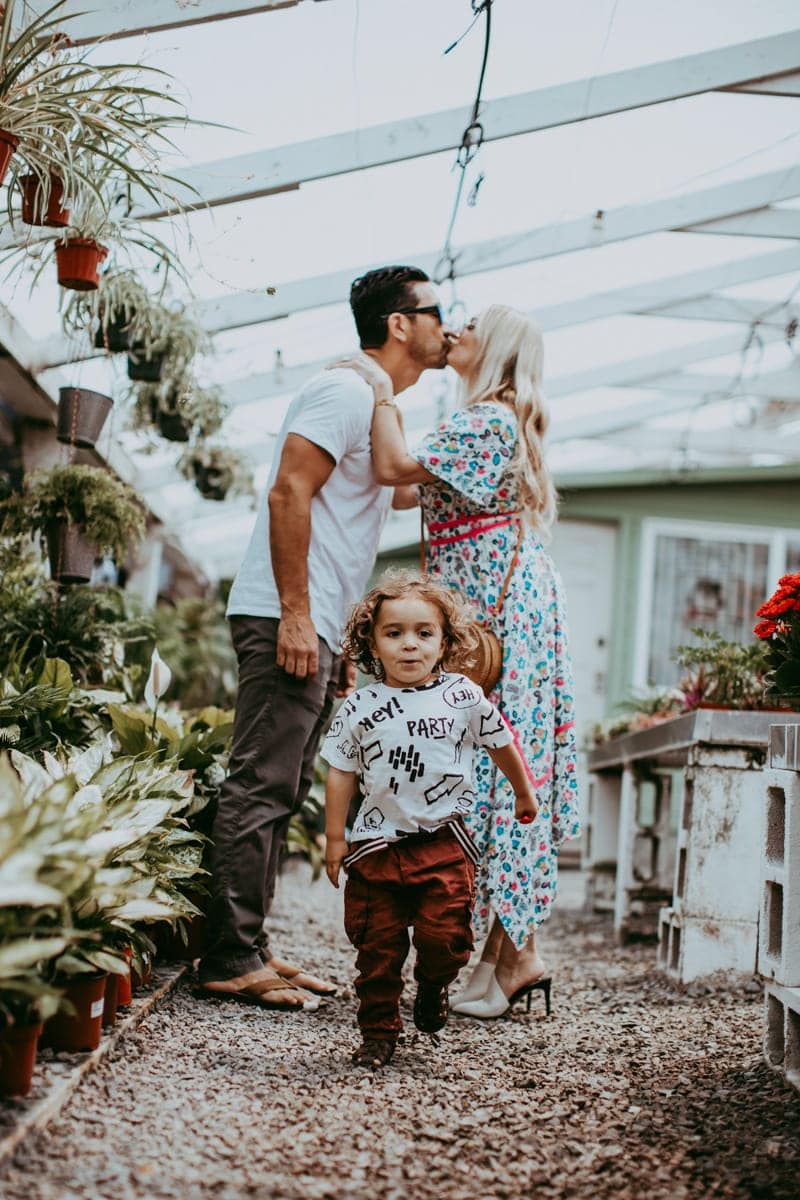
Remember to Have Fun
There’s no crying in gardening! Okay, maybe a few tears when you see the dog peeing in the flower bed. But gardening should be a fun bonding activity for the whole family. Let your kids help you plant the vegetables and flowers by breaking up the soil.
After, designate a plant for each of them to look after to continue the bonding beyond the first few days. Each day, you can check up on the crops together as a family—and enjoy your tasty results!
You can change a hydrangea’s color by altering the pH level of the soil. More alkaline soil will result in pinker blooms, while more acidity will produce blue blooms.
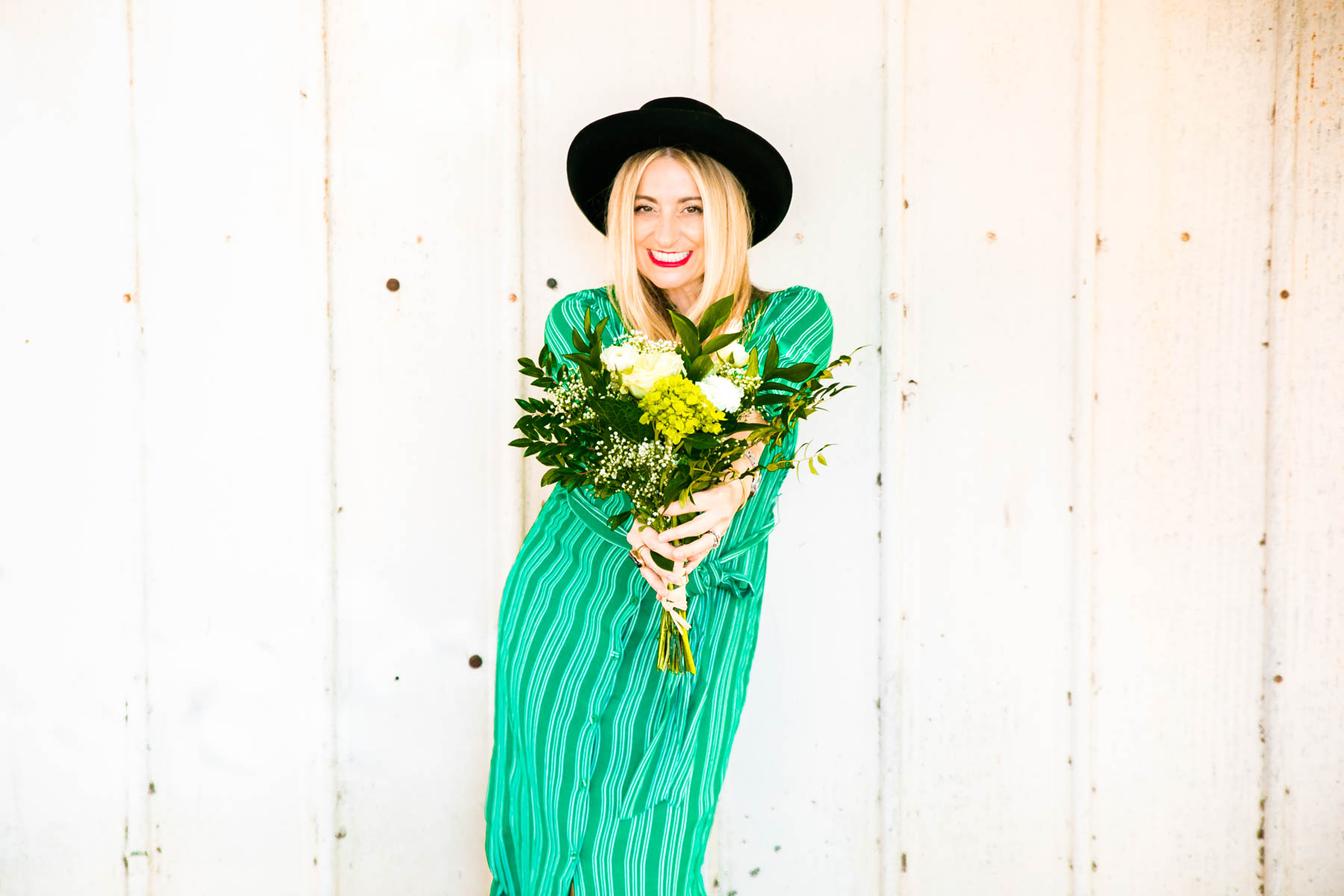
YOU MAY ALSO LIKE
SHOP THE LOOKS
Pin This Post
